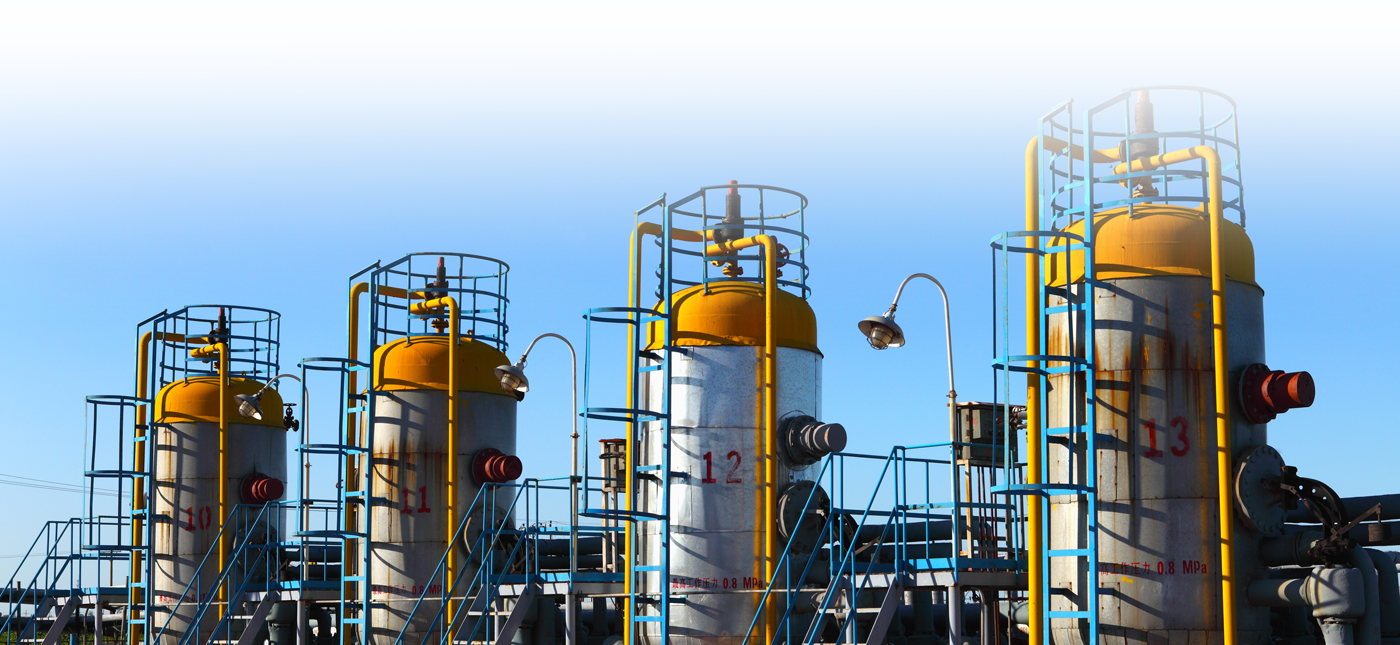Torsional Vibration
Dampers for Controlling Vibration in Reciprocating Compressor Systems
Paper No. 116
Viscous dampers have been used for many years to control torsional vibration in engines and to protect
crankshafts from fatigue failure. Oil-filled couplings with leaf springs have also been used for controlling
torsional vibration in engine driven compressor systems. That concept has been applied to an internal
damper mounted at the auxiliary end of the compressor crankshaft.
This paper provides an overview of the compressor damper, how it works, and where it is mounted inside of
the frame. The oil is supplied from the last bearing through a passage in the hollow shaft. This option was
originally developed to protect the compressor crankshaft from harmful torsional vibration when operating
over a large speed range (e.g., driven by engine or VFD motor). But testing has shown that the damper can
also help to reduce lateral vibration of the compressor frame and attached components.
A case study demonstrates how effective the internal damper was at reducing torsional and
lateral vibration. This system had a 16-cylinder, natural gas engine driving a 6-cylinder compressor in pipeline
service. After nearly six months of operation, the internal flywheel in the compressor was replaced by an
internal damper to improve reliability. While performing the modifications to install the damper, some
damage was also found on the original lube oil pump, likely caused by high torsional vibration.
After the damper was installed, the torsional vibration was cut in half at the lube oil pump. The angular
deflection in the damper was also confirmed to be below the limit. The internal damper lowered the
torsional velocity to a level that no longer caused significant torsional-lateral interaction (TLI). That in turn
reduced the compressor frame and cylinder vibration that previously occurred at 9× running speed.
Discharge nozzle pulsation could have been contributing to the previous elevated 5× torsional vibration. An
acoustic resonance was measured near 71 Hz. A more restrictive orifice in the discharge flange could reduce
the amplitude of the pressure peak and torsional excitation. However, this was not considered necessary to
control the torsional vibration once the internal damper had been installed in the compressor.
